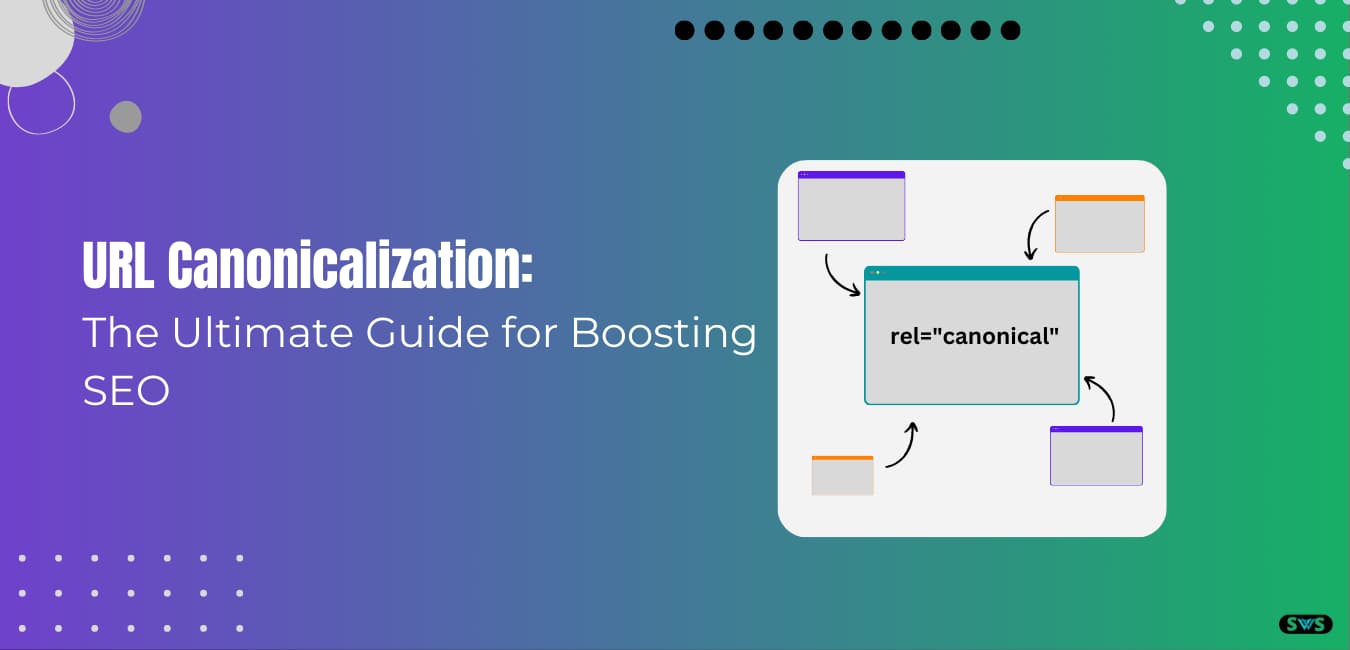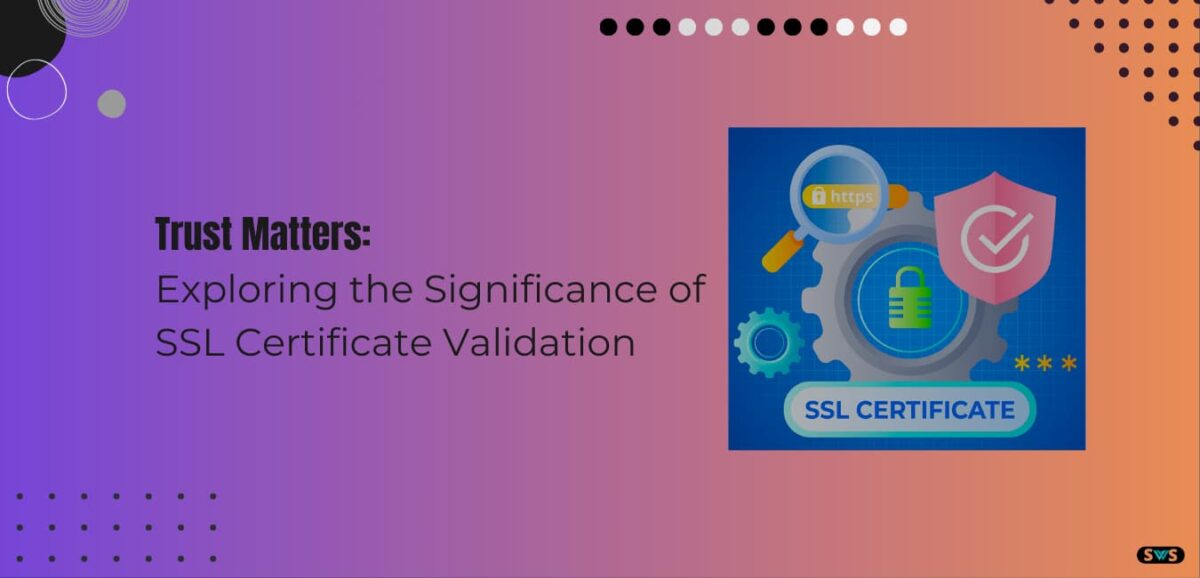Reading Time: 5 mins 4 sec
In this article will discuss essential technical SEO tips for multilingual websites for optimal performance and success.

In brief,
The 3 main tips which you can always remember:
- Focus on the URL Structure
- Translate and Optimize the Pages
- Use Hreflang Tags
Multilingual websites have the power to extend content in multiple languages, allowing users to access information in their preferred language.
They also enable businesses to reach and engage global audiences effectively.
However, to maximize the benefits of multilingual websites, it is crucial to implement the best technical SEO practices.
By strategically optimizing various technical elements, businesses can capture language-specific queries, improve visibility, and achieve higher rankings in search engine result pages (SERPs).
This article will discuss four essential technical SEO tips to optimize multilingual websites for optimal performance and success.
So let’s get started
Read This: How Does SSL Certificate Validation Work?
3 Technical SEO Tips For Multilingual Websites
1. Focus On The URL Structure
A solid URL structure is vital for multilingual websites as it enhances user experience and helps search engines properly index and target the content.
Incorrect indexing and a poor user experience might result from poorly structured URLs.
To combat this, consider the following approaches:
Separate Domains or ccTLDs (Country Code Top-Level Domains):
- Use separate domain names or ccTLDs specific to each language or country version.
Example: mybusinessname.es, mybusinessname.fr, mybusinessname.com.
- This approach helps search engines and users identify the intended content for specific countries, allowing for clear regional targeting.
Subdirectories with gTLD (Generic Top-Level Domain):
- Use subdirectories within a single domain to reflect different country or language versions.
Example: mybusinessname.com/es, mybusinessname.com/fr, mybusinessname.com/en.
- This approach centralizes hosting and SEO efforts under one domain, simplifying management and resource allocation.
Subdomains with gTLD:
- Use subdomains to highlight different countries or language versions while maintaining the same gTLD for the main domain.
Example: es.mybusinessname.com, fr.mybusinessname.com, en.mybusinessname.com.
- This approach localizes hosting, improving website page speed but may require more effort and confuse users.
URL Parameters:
- To indicate a country or language version, use a URL parameter.
Example: mybusinessname.com/page?lang=fr, mybusinessname.com/page?lang=es, mybusinessname.com/page?lang=en.
Note: Google does not recommend this approach as it can confuse search engines and impact indexing negatively.
Read This: New Generic Top-Level Domains List
2. Translate and Optimize the Pages
Accurate translation and optimization of content are crucial for effectively reaching the target audience and conveying the brand message.
Pay close attention to the following aspects:
Content Translation:
- Ensure accurate translation of content, avoiding dependence on tools like Google Translate without thorough proofreading.
- Minor errors and inaccuracies can alter the intended meaning and harm the user experience.
- Pay attention to elements like time and date format, units of measurement, cultural references, and currency.
Use Multilingual Keywords:
- Translate keywords and use popular search terms in the respective languages to resonate with native speakers.
- Effective multilingual keywords aligned with the content can enhance SEO efforts.
Optimize Vital SEO Elements:
- Translate non-visible content elements, such as meta descriptions, title tags, image alt texts, and internal links, for each language.
- Meta descriptions should include relevant keywords and improve click-through rates.
- Title tags should convey page information and include multilingual keywords.
- Image alt texts enhance accessibility and increase the chances of images appearing in multiple language search results.
- Internal links help with user navigation and discoverability by search engines.
Read This: 7 Tips For Achieving Successful SEO Engagement
3. Use Hreflang Tags
Hreflang tags are HTML attributes that inform search engines about content variations.
These tags play a crucial role in indicating to search engines which language or country version of a page should be served to specific users.
Some important considerations:
Implement Hreflang Tags:
- Add hreflang tags to the head section of each page to specify the language and regional targeting.
Example:
<link rel=”alternate” hreflang=”es”
href=”http://mybusinessname.com/es/page”>
- Ensure consistency and accuracy when implementing hreflang tags across all language versions of your website.
Use X-default Hreflang:
- Include the “x-default” hreflang attribute to designate a default language version for users who don’t have a specific language preference.
Example:
<link rel=”alternate” hreflang=”x-default”
href=”http://mybusinessname.com/en/page”>
- This ensures that users are served the most appropriate language version based on their location or browser settings.
Test and Verify Hreflang Implementation:
- Utilize tools such as Google Search Console’s International Targeting report to verify the correct implementation of hreflang tags.
- Regularly monitor and update hreflang tags as needed, especially when introducing new language versions or making changes to the website structure.
Read This: 29 Best Youtube Channel To Learn SEO
One Bonus Tip
4. Optimize Website Performance
Website performance is a critical factor in SEO, user experience, and overall success.
Here are some key areas to focus on for optimal performance:
Page Speed Optimization:
- Optimize the website’s loading speed by minimizing file sizes, leveraging browser caching, and utilizing content delivery networks (CDNs).
- Multilingual websites often contain additional language-specific files and content, so optimizing their delivery is essential for a smooth user experience.
Localize Hosting:
- Consider hosting your website on servers located in the countries or regions you’re targeting.
- Local hosting can reduce latency and improve website performance, especially for users accessing the site from specific geographic locations.
Mobile-Friendliness:
- Ensure that your multilingual website is mobile-friendly and responsive across different devices and screen sizes.
- Mobile optimization is crucial for both user experience and search engine rankings, as mobile usage continues to grow worldwide.
Structured Data Markup:
- Use structured data markup to give search engines more information about your content, such as Schema.org.
- Use the appropriate language versions of structured data markup for each page, enhancing the visibility and relevance of your content in search results.
By implementing these essential technical SEO tips, you can optimize your multilingual website for improved visibility, organic traffic, and a better user experience.
Always keep an eye on how your website is performing, make any necessary improvements, and modify your SEO approach in response to changes in user behavior and search engine algorithms.
Read This: How To Use News Topic Authority To Find High-Quality News
Conclusion
This article will discuss essential technical SEO tips for multilingual websites
Creating and optimizing a multilingual website can be a powerful strategy to reach a global audience and expand your online presence.
By implementing effective technical SEO practices, you can overcome the challenges associated with multilingual websites and maximize their performance.
Here’s a recap of the key tips discussed in this article:
- Focus on the URL Structure
- Translate and Optimize the Pages
- Use Hreflang Tags
- Optimize Website Performance
You may improve your multilingual website’s visibility, accessibility, and user experience by adhering to these technical SEO suggestions.
Regularly monitor and adapt your SEO strategy to align with user behavior, industry trends, and search engine algorithm updates.
Remember, creating a successful multilingual website goes beyond technicalities.
Understanding the local culture, preferences, and search engine behavior of your target audience is crucial for delivering valuable and relevant content.
Combine effective SEO practices with a deep understanding of your audience to create a truly impactful multilingual website.
Unlock the potential of your multilingual website today and connect with a global audience like never before.
If you like this article please share and comment.
Read Also
- Top 65 Technical SEO Interview Questions And Answers
- Does Bold Text Help SEO
- How To Create The Perfect H1 Tag For SEO
- Google Announces Five Changes Coming To Mobile Search
- Benefits Of Using Semrush
FAQ
How to do SEO for multilingual websites?
Focus on the URL Structure
Translate and Optimize the Pages
Use Hreflang Tags
Optimize Website Performance
What are the technical SEO techniques?
Use HTTPS
Optimize for Core Web Vitals
Improve Your Page Speed
Find & Fix Broken Pages
Ensure Your Website Is Mobile-Friendly
Find & Fix Duplicate Content Issues
Implement Structured Data
What is one important point required in SEO of multi lingual websites?
While not all duplicate content is bad, it might result in penalties like deindexing or poorer ranks if it exists across numerous URLs. Google’s best practices advise utilizing ‘dedicated URLs’ with a language indicator to prevent duplicate content penalties.
Is multi language good for SEO?
Enabling consumers of Google to locate your website in organic search results when looking in a certain language. By using multilingual SEO, you may reach a global audience.
Which platform is best for multilingual website?
WordPress
Acquia
Drupal
Contentful
DatoCMS
Contentstack
What are the three pillars of technical SEO?
The Three Pillars Of SEO:
Relevance
Experience
Authority
What are the 7 types of SEO?
On-Page SEO
Off-Page SEO
Technical SEO.
White-Hat SEO
Black-Hat SEO.
Gray-Hat SEO.
Local SEO.
Your Feedback



